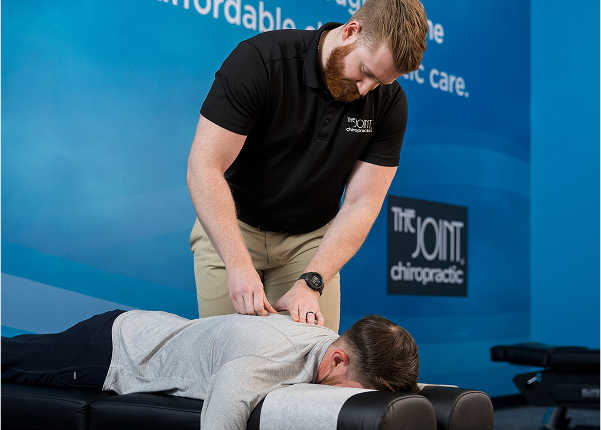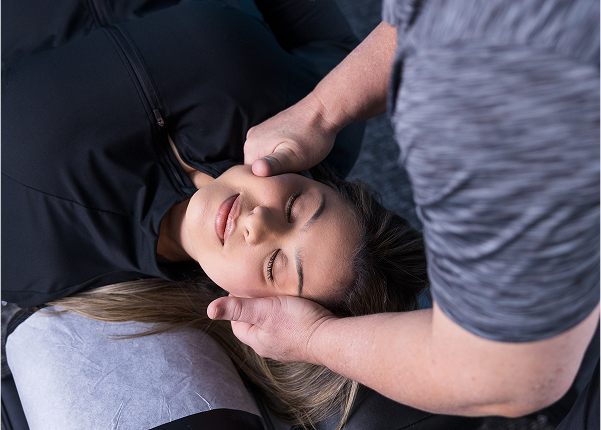Common Symptoms And Daily Struggles
Upper back pain may present in a variety of ways, depending on the underlying cause and severity. For some, it begins as a nagging tension between the shoulder blades. For others, it may escalate into sharp pain, burning sensations, or restricted movement that interferes with everyday life.
What are the common symptoms of upper back pain?
- Dull, aching discomfort across the upper spine or between the shoulder blades
- Sharp or stabbing pain triggered by twisting, deep breathing, or sudden movement
- Morning stiffness or discomfort after sitting for extended periods
- Burning, tingling, or radiating sensations along the upper back
- Muscle spasms that feel tight, knotted, or reactive to touch
- Pain that travels to the arms, ribs, or chest (when nerves or discs are involved)
- Difficulty lifting, reaching overhead, or extending the arms
- Disrupted sleep due to positional discomfort or stiffness at night
These symptoms may vary from mild to severe, but even low-grade thoracic spine pain can have a compounding effect on daily life. Routine tasks such as driving, working at a desk, folding laundry, or carrying a child can become frustrating, exhausting, or even impossible without relief. Over time, chronic pain in the upper back can lead to fatigue, reduced activity levels, and emotional strain, especially when the discomfort becomes part of a daily routine.
















